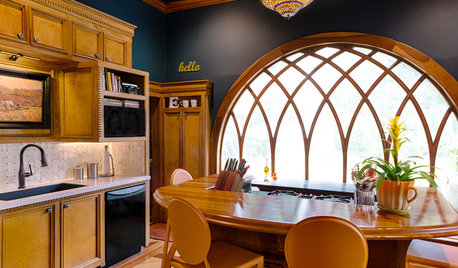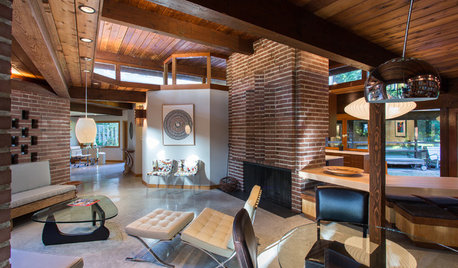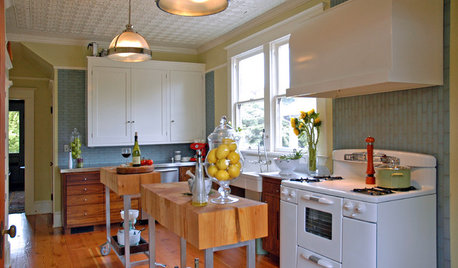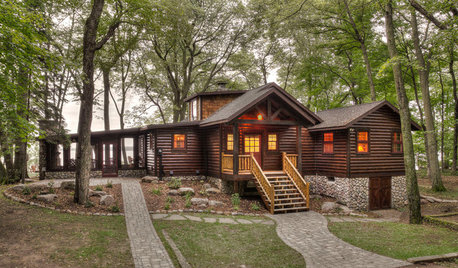homemade wood preservative
mogardener
13 years ago
Related Stories

PRODUCT PICKSGuest Picks: Canning, Preserving, Steaming, Dehydrating
20 products to help make fall produce last through the season and beyond
Full Story
BEDROOMS13 Homemade Headboards That Thrill With Creativity
Snipped from a trellis, snagged from a pallet pile and more, these inventive headboards excite in any bedroom
Full Story
OUTDOOR PROJECTSBring In the Birds With a Homemade Bubble Rock
An avian expert from Southern Indiana shows how to make a burbling fountain that migrating birds will love
Full Story
KITCHEN DESIGNKitchen of the Week: Preserving Period Charm in Atlanta
Additions and updates to this kitchen respect the past while meeting the owner's needs in the present
Full Story
ARCHITECTUREHouzz Tour: Preserving an Untouched Hollingsworth Gem
Heritage status and an architecture-loving homeowner keep a midcentury modern ranch’s spirit alive
Full Story
VINTAGE STYLEKitchen of the Week: Preservation Instincts Create Vintage Modern Style
Original features in this 1908 kitchen join new custom accents for a look that bridges the years
Full Story
RUSTIC STYLEHouzz Tour: Renovation Preserves Memories in a Rustic Lake Cabin
A Minnesota lake house remodel updates the home while keeping the beauty of the original structure, built by a parent
Full Story
BEFORE AND AFTERSKitchen of the Week: Bungalow Kitchen’s Historic Charm Preserved
A new design adds function and modern conveniences and fits right in with the home’s period style
Full Story
MODERN HOMESHouzz Tour: Updating an Eichler While Preserving Its Spirit
Architects and builders keep this home’s integrity intact while remodeling the kitchen, creating a master suite and adding energy efficiency
Full Story
KITCHEN DESIGNKitchen Luxuries: The Wood-Fired Pizza Oven
If you love homemade pizza and are (ahem) rolling in dough, a wood-burning oven may be just the right kitchen investment
Full Story





sandhill_farms
Kimmsr
Related Professionals
Cary Landscape Architects & Landscape Designers · North New Hyde Park Landscape Architects & Landscape Designers · Brookfield Landscape Contractors · Conroe Landscape Contractors · Lynn Landscape Contractors · National City Landscape Contractors · The Woodlands Landscape Contractors · Tustin Landscape Contractors · White Bear Lake Landscape Contractors · Welby Decks, Patios & Outdoor Enclosures · Fishers Decks, Patios & Outdoor Enclosures · Knoxville Decks, Patios & Outdoor Enclosures · Palmetto Decks, Patios & Outdoor Enclosures · Roseville Decks, Patios & Outdoor Enclosures · Chesapeake Ranch Estates Stone, Pavers & Concretealphonse
mogardenerOriginal Author
gardengal48 (PNW Z8/9)
Kimmsr
hp_MA6b
pnbrown
Michael